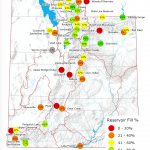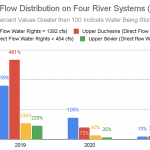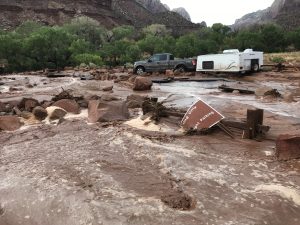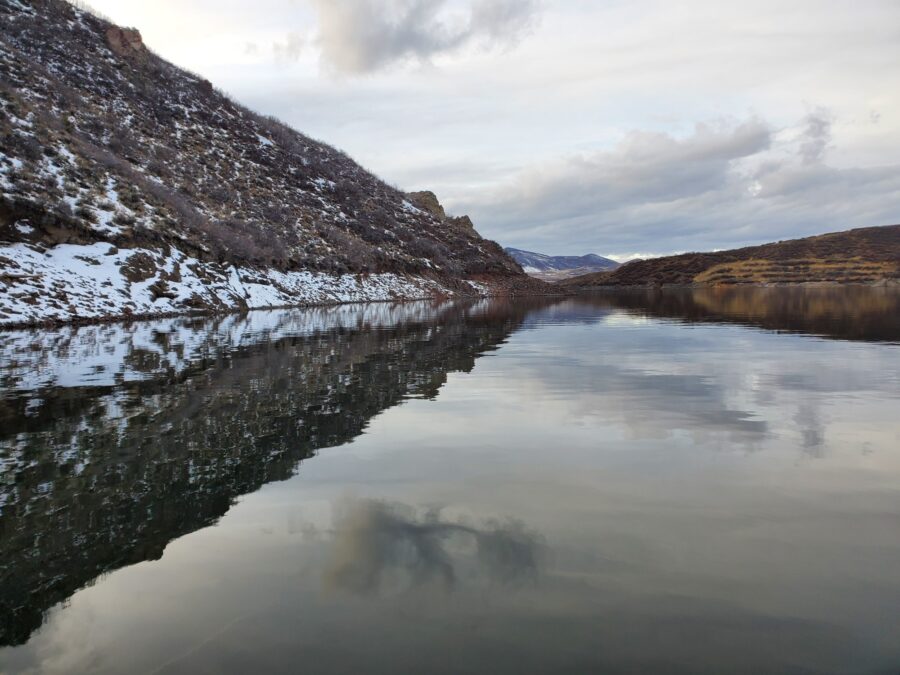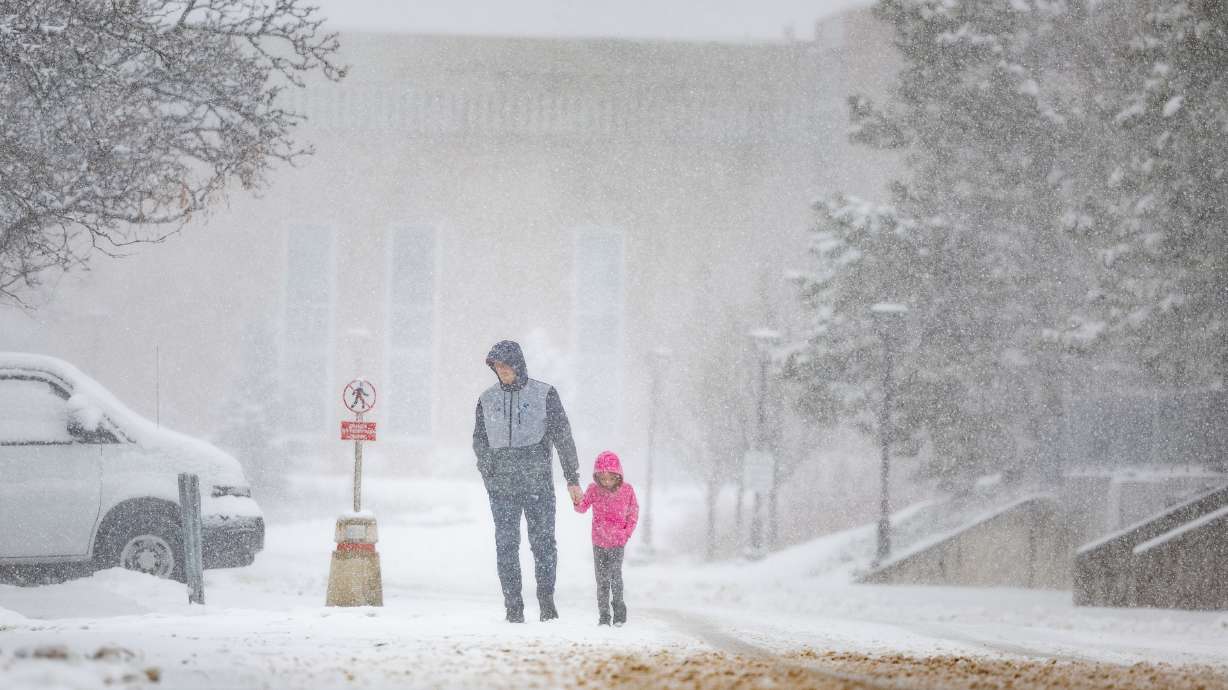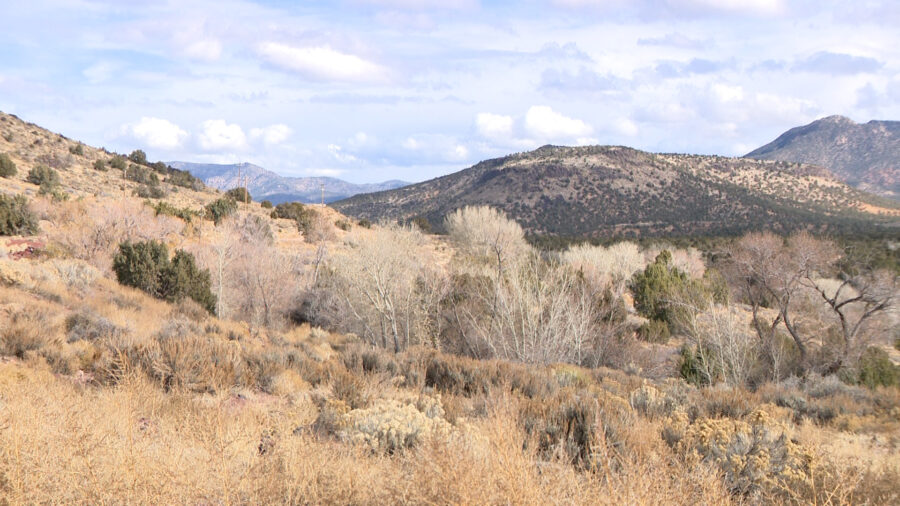Utah Drought Worsens Despite Cooler Temperatures, Showers Last Week
Jun 30, 2021, 2:26 PM | Updated: 2:38 pm
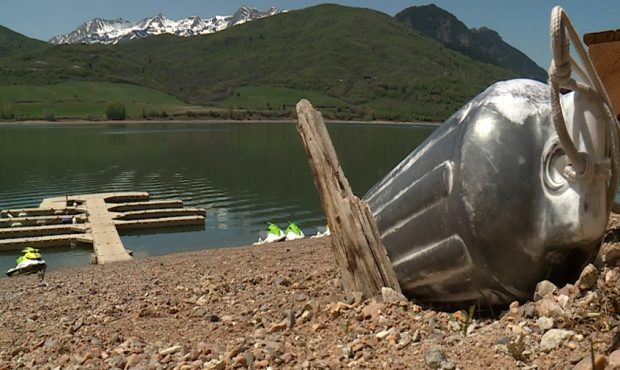
More beach is exposed by low water levels at Pineview Reservoir (Mike Anderson, KSL TV)
(Mike Anderson, KSL TV)
SALT LAKE CITY – Cooler temperatures and some showers across Utah last week made conditions more enjoyable but the latest update showed the drought still got worse.
The report from the Utah Department of Natural Resources said streamflow and reservoir levels are low, two more reservoirs dropped below 55% of storage capacity and most water rights across the state are experiencing earlier than normal curtailment.
No improvement was expected until the end of the irrigation season and the winter snow begins.
“With less water in our streams and reservoirs, Utah is currently relying on stored water from past years. As a state and as communities and neighborhoods, we can do our part to conserve water by using less on our lawns and landscapes,” said Utah Department of Natural Resources Executive Director Brian Steed. “Our reservoir levels are lower now than they were last fall when the irrigation season was ending. That’s alarming since our highest water use traditionally happens from July through September.”
Flash flooding hit much of southern Utah Tuesday, especially in the Zion National Park area. Information on how those storms could affect the drought situation won’t be known until next week. However, Washington County officials said the ground is exceptionally dry and could not absorb the heavy rain that fell in parts of the county. More rain was expected in southern Utah Wednesday.
Here’s a snapshot of the state’s drought situation for the week of June 27:
- According to the latest information released by the U.S. Drought Monitor, drought conditions worsened statewide with 92% of the state experiencing “extreme” or “exceptional” drought conditions, compared to 90% the previous week. Extreme and exceptional drought conditions are the Drought Monitor’s most serious categories.
- Soil moisture improved slightly and is now 11% drier than average compared to 12% announced last week. This is a result of slightly above-normal precipitation last week.
- Streamflow statewide continues to decline, which means less water is getting to reservoirs. As a result, 71 (64 reported last week) of Utah’s 96 streams reporting data are flowing below normal. Utah streams are currently flowing below the previous minimum daily flow record.
- Reservoir storage continues to be a concern as storage decreased from 63% last week to 61% this week. Twenty-three (21 last week) of Utah’s largest 42 reservoirs are below 55% of available capacity. Stateline Reservoir in northeast Utah and Grantsville Reservoir dropped below 55% this week.
- The natural flow and percent of direct flow water rights on the portions of the river systems illustrated below continue to decrease. Most water rights across the state have experienced earlier than normal curtailment.
- The Great Salt Lake’s current elevation is 4,191.7 feet, about three inches from its historic recorded low level (4191.4 feet) documented in 1963.

